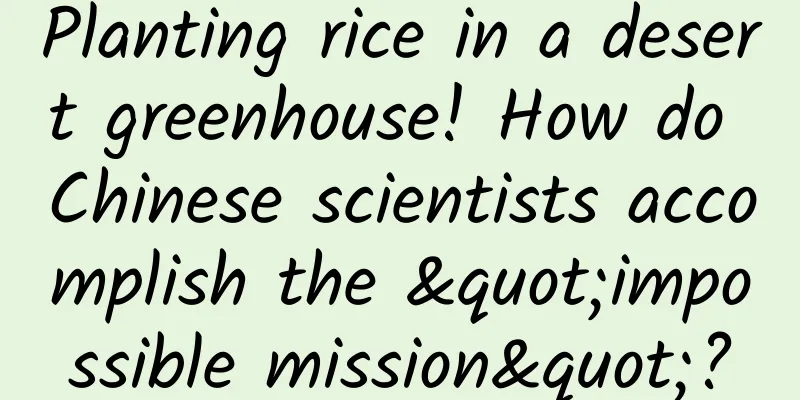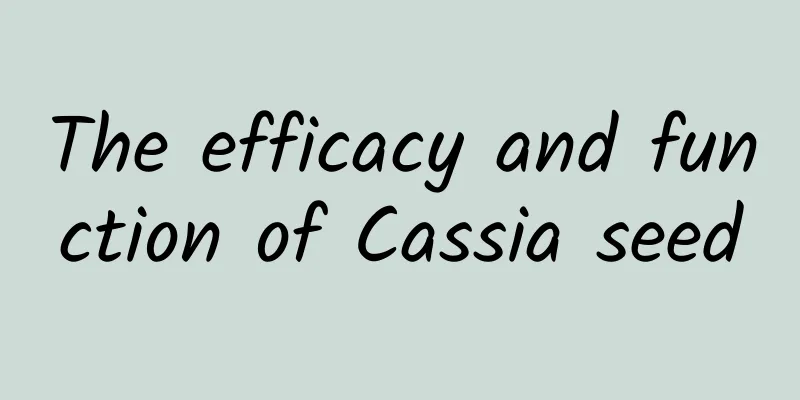What is the function of Shaoyao Decoction?

|
Peony soup is actually a common Chinese medicine soup, which has many benefits to the human body. For example, it is very effective in treating abdominal pain, bloody stools, anal burning, etc. Shaoyao Decoction can be used to treat a variety of damp-heat diseases, but it is best for patients to take the medicine under the advice of a doctor, because the right medicine will have a better effect. [Prescription name] Shaoyao Decoction, from Suwen Bingjiqi Yibaomingji. [Composition] One liang (30g) of peony, half a liang (15g) of angelica, half a liang (15g) of coptis, two qian (6g) each of fried betel nut, costus root and licorice, three qian (9g) of rhubarb, half a liang (15g) of scutellaria, and two and a half qian (5g) of cinnamon. [Usage] Grind the above medicines into powder, take half a liang (15g) each time, add two cups of water, boil until one cup remains, and drink warm after meals. Modern usage: decoction in water. 【Effects】 Clears away heat and dampness, regulates Qi and blood. 【Indications】 Dysentery caused by damp-heat. Abdominal pain, bloody and pus in the stool, both red and white, tenesmus, burning sensation in the anus, short and red urine, yellow and greasy tongue coating, and rapid and stringy pulse. [Explanation of the prescription] The syndrome of this prescription is caused by damp-heat stagnation in the intestines, resulting in imbalance of Qi and blood. Damp-heat flows down to the large intestine, stagnates with qi and blood, turns into pus and blood, and causes red and white dysentery. Blockage of qi in the intestines causes abdominal pain, tenesmus, burning sensation in the anus, and short and red urine. A yellow and greasy tongue coating and a stringy and rapid pulse are all signs of internal damp-heat. Treatment should be aimed at clearing away heat and dampness, and harmonizing qi and blood. The prescription uses a large amount of peony to soften the liver and regulate blood, relieve urgency to stop diarrhea, dysentery and abdominal pain. It is an important medicine for treating dysentery and is the main medicine. Scutellaria baicalensis and Coptis chinensis are bitter and cold in nature, and enter the large intestine meridian. They are good at clearing heat and toxins in the intestines, and drying up dampness to stop dysentery. Rhubarb can purge heat and resolve blood stasis, attack accumulation and relieve constipation. It is a "general medicine" that can remove stagnant blood in the intestines. When used together with Scutellaria baicalensis and Coptis chinensis, it has a purgative effect while clearing, and is a minister drug. Costus root and areca nut can promote qi circulation and remove stagnation, and help rhubarb to eliminate stagnation in the intestines, which means "regulating qi will remove the heaviness in the back". Angelica sinensis nourishes and harmonizes blood, and helps peony nourish blood and benefit yin. When used together with rhubarb, it has the function of removing blood stasis, which means "promoting blood circulation will heal the pus in the stool". A small amount of cinnamon is used to warm the prescription, which is a counter-adjuvant. It can help angelica and peony to promote blood circulation and harmonize the circulation, and prevent the bitter cold from hurting the middle part, so as to avoid the risk of being hidden in the ice. They are both adjuvant drugs. Roasted licorice root is a harmonizing medicine for the middle-Jia people. When paired with peony root, it can relieve pain and also serve as an adjuvant. The combination of these medicines can remove dampness, clear heat, and harmonize qi and blood, so diarrhea can be cured. 【Clinical Application】 1. Key points of the prescription: This prescription is commonly used to treat damp-heat dysentery. The key points of clinical diagnosis are red and white diarrhea, urgent abdominal pain, and greasy and slightly yellow tongue coating. 2. Modern application: This prescription is often used to treat patients with bacterial dysentery, amoebic dysentery, allergic colitis, acute enteritis, etc. due to damp-heat. [Precautions for use] This prescription is contraindicated for patients with dysentery at the initial stage and with external symptoms, or dysentery due to deficiency and cold. |
<<: What are the effects and functions of Cistanche deserticola
>>: What can Danggui Shaoyao San be used for?
Recommend
1056 seconds! China's "artificial sun" EAST sets a new record for the longest discharge
On the evening of December 30, 2021, the world re...
The impact of Typhoon Trami continues! How to deal with the "hitting the bull from behind the mountain" type of rainfall?
Typhoon Trami weakened to a severe tropical storm...
This food is suddenly popular! But be careful...
As summer vacation begins, many children are attr...
The efficacy and function of deer bones
Deer bones are a kind of medicinal material. If w...
The efficacy and function of Hudoucao
Hu Dou Cao is a traditional Chinese medicinal mat...
What are the contraindications and effects of Millettia reticulata
Do you know what Millettia reticulata is? Many pe...
How much is a box of Panax notoginseng powder
Speaking of Panax notoginseng powder, I believe e...
The correct way to eat Maca
I believe that maca is not unfamiliar to many peo...
The efficacy and function of centipede powder
I believe everyone has heard of centipedes, and w...
What are the side effects of eating too much American ginseng?
Eating too much Korean ginseng also has side effe...
What is quantum supremacy? What impact will quantum computers have on human civilization?
On October 24, 2019, Google released a 54-bit qua...
Bazi Bu Shen Capsule
Bazi Bushen Capsule is actually a very good kidne...
The efficacy and function of Luoxingcao
After thousands of years of sedimentation and acc...
The efficacy and function of Tibetan catfish
We are all familiar with Tibetan catfish meat. It...
The efficacy and function of toad oil [picture]
Speaking of toad oil [picture], many people know ...









